Whether you want to contribute a secret recipe or an article to our blog section - we'd love to hear from you! Please feel free to reach out at [email protected] so that we can spread the yummy goodness of saffron recipes together. Join us in our mission to promote sustainable eating habits and share the joy of cooking with everyone!
For now, love yourself and enjoy this one ...
Spices: How to store them optimally in your kitchen
There are certain ingredients that you can always find in your kitchen. You'll need to add some flavor to your meal, whether it's a simple dish or a more complicated one. Where is the best location to store these ingredients? How can you make sure that these ingredients stay as fresh as possible for as long? We'll share some tips with you on how to store spices effectively in your kitchen.
Spices should be kept in a dark, cool place. The spice cabinet or cupboard will be the most suitable place to store them. You can also store them in your pantry if you don't own a spice cabinet. Store them away from heat sources, such as the stove. They can lose flavor over time if they are stored there.
Containers with tight-fitting lids are the best choice. The spices will stay fresher and be protected from air and light. It's a good investment to get a spice mill if you use pre-ground spices. You can then grind the spices as you need them, preserving their flavor.
Keep in mind that certain spices are better stored in the refrigerator. Fresh herbs such as basil and cilantro as well as dried spices like chili powder or paprika are all good candidates for refrigeration. Consult a reliable source if you are unsure whether or not to refrigerate a certain spice.
Follow these tips to keep your spices as fresh and flavorful as possible. Stock up on your favourite spices and prepare to cook delicious meals.
It's also important to remember that you should avoid storing your spices in transparent containers. It may be tempting to always have a look at what you've got on hand, but clear containers can cause spices to lose flavor more quickly. Light can cause spices over time to degrade. If you can, store your spices in opaque containers, or better yet, in tightly-sealed bags or jars.
It's important to remember that adding spices early in the process of cooking will give you the best results. It allows for the flavors to be infused into the dish and give you the best results. If you are using ground spices, it is a good idea to toast them in a pan on a low heat. It releases their aromas, making them more potent.
When it comes to measuring your spices, you should always err on a side of caution. You can always add extra if necessary, but once you've added them, they can't be taken away. Start with a small quantity and add more according to your taste.
These tips will ensure that your spices always taste fresh and you get the best out of them. Next time you cook, keep these tips in mind.
It really depends on what type of spice you are using to determine how long it will remain fresh. Whole herbs and spices, for example, will last about six months. Ground spices only last 3-4 months. If you don't use a spice as much as you expected, you should get rid of the bottle before it goes bad. It's time to get rid of any spices you haven't used in more than six months.
Follow these simple tips to keep your spices fresh and flavorful. Give them a go the next time that you are in the kitchen.
What are your tips for storing spices in the pantry? Please share them in the comments!
Conclusion:
These tips will help you store your spices in the best possible way and ensure that they maintain their flavor as long as is possible. Remember - dark and cool is the key! Keep your spices away form heat and light sources. They will last longer and have a better taste when you use them.
Frequently Asked Questions
What mint is used in Thai food?
The most common type of mint used in Thai cuisine is lime-leaf mint (Mentha Cervina).
It has a mild, lemony flavour that adds freshness and zing to dishes. To enhance Thai cuisine's flavour, other spices like galangal, coriander, lemongrass and garlic are often added.
Mint is versatile and can be used both in sweet and savoury recipes. Using the right spices, herbs, and aromatics is essential to achieving delicious authentic Thai flavours.
For extra flavor, make sure to add lime-leaf mint next time you prepare a Thai meal!
Enjoy your cooking!
What are the principal Flavours in Thai Cuisine?
Thai cuisine includes several distinct regional cuisines. There are five main types of Thai cuisine: Northern, Central, Southern and Eastern. Each region has its own unique flavour profile.
Thai food can be described as sweet, salty or sour.
Thais love sweetness because it makes their dishes more delicious. Thai cuisine includes sweet ingredients like palm sugar (gulamelaka) or coconut milk.
Thailand's most popular food is sourness. Hot dishes are often paired with sour foods. This combination helps balance out the heat.
Thai food also includes spicy food. Thai cuisine is rich in spices like galangal, ginger root and chilli pepper.
Is garlic used in Thai cooking?
Thai cuisine uses garlic. Garlic is commonly added to salads.
Thai garlic is fried in a mixture of shallots and ginger. Additionally, garlic is often eaten with sticky Rice.
Garlic is best chopped finely and mixed with oil, chilli paste, fish sauce, lime juice and oil. This mixture is known as Nam Phrik (namphrik). Nam Phrik is often served alongside grilled chicken, beef, or pork.
Can you add spice to a beverage?
I love spices adding flavour to food. How can you make spices come to life when they are used in drinks?
Spices are great because they bring out the best in any beverage. You can add a little cinnamon or nutmeg to any glass of wine, beer or coffee.
But most recipes call for ground spices, meaning you'll need fresh whole spices. Although this is logical, it can be costly, time-consuming, and takes up storage space.
Here is where the magic happens. With some creativity, your favourite spices can be made into powdered forms that are easy to use. To make tasty spiced drinks, you can combine them with your favourite beverages.
There are two possible ways to create these powders. The first involves the grinding of whole spices to make fine powder. One method involves using a mortar-and-pestle to grind spices into a finer consistency.
Whichever method you choose, you'll find that the resulting powder is much easier to measure out and store than whole spices. The powder is stable so you don't run low on stock.
You can experiment with mixing spices to create different flavours. Peppermint and spearmint can be combined to make minty water. For spicy ginger tea, use ginger and cardamom capsules.
Once you've mastered making powdered spices, you can apply the same technique to herbs. Some popular herbs include basil, oregano, rosemary, thyme, and sage.
The possibilities are limitless. Powdered spices can enhance the flavor and texture of beverages, such as soups or salads, as well as the taste of pasta.
Thai food includes paprika.
Yes. Yes.
Paprika is found in Thai food and Mexican, Italian, Spanish, Indian, Chinese, French, Moroccan, Middle Eastern, Lebanese, Greek, Turkish, and Balkan cuisines.
Paprika is a product that dates back over 5,000-years to Ancient Greece. The Hungarian language "pepper" is the origin of "paprika".
What are the seven Indian spices?
Indian spices are a collection of spices used in Indian cuisine. They are usually made up of cardamoms, cumins, corianders, turmeric and fenugreek. They enhance flavour and aroma of dishes by blending with natural ingredients like meats and vegetables. These spices combine to create distinctive flavour profiles which are the hallmark of Indian cooking.
Cardamom has a sweet and pungent taste with hints of citrus and ginger. It is used often to flavor curries and rice dishes such as biryani. Cumin has an earthy, rich aroma and a nutty flavor. It is used to spice up curries, dals and meat dishes. Coriander is sweet and citrusy, adding a hint of nuttiness to dishes. It is often used in seasoning vegetables and lentils.
Turmeric has an earthy taste with mustard, spices, hints of pepper. This spice is used in many dishes, including curries. It has a golden colour. Fenugreek's aroma is rich and has earthy tones. It is often used as a seasoning for meat dishes like kebabs. Ginger is pungent and spicy with hints of citrus. It is a perfect addition to curries, soups, and chutneys. Asafoetida (hing), has a strong flavor and pungent smell that can be used in place of onion and garlic in certain recipes.
These spices produce unique flavors, which make Indian cooking distinctive.
Statistics
- It has been estimated that around 1,000 tons of pepper and 1,000 tons of other common spices were imported into Western Europe each year during the Late Middle Ages. (en.wikipedia.org)
- According to a recent survey, professional chefs and many home cooks use spices; usage has only continued to grow from 2011 to now. (hospitalityinsights.ehl.edu)
- According to Healthline, pink Himalayan salt is estimated to contain up to 84 minerals and trace elements, which gives the salt its special pink color. (spicecravings.com)
External Links
[TAG32]
- Is Pink Himalayan Salt Better Than Regular Salt?
- Turmeric and Curcumin are proving to have health benefits.
[TAG35]
[TAG38]
[TAG41]
- Amazon.com. Spend less. Smile more.
- Amazon.com : Morton & Bassett Whole Nutmeg 1.9 Oz : Nutmeg Spices And Herbs : Grocery & Gourmet Food
How To
How to choose which spices to buy
You need to be able to select the right herbs and spices to use in your cooking. There are hundreds of choices, so where can you start when choosing which spices to add to your kitchen?
There are three main factors to consider when choosing spices: flavour profile, shelf life, and cost. The flavour profiles of different types of food can vary depending on whether they are used to cook meat, fish or vegetables, as well as pasta, eggs and bread. Once you have chosen a category, you can narrow down your choices by taking into account these differences.
Also, shelf lives can vary widely. Some spices are good for a lifetime, while others can be lost quickly. For example, cayenne pepper is good for years and oregano lasts only two months. There's also the cost. Spices are available in a range of prices, from $1 per tablespoon to more expensive than $100 per an ounce. This means that spice prices can vary widely.
Also, consider whether organic or not organic ingredients. Organic products are safer for the environment and contain less pesticides and chemicals than their conventional counterparts. However, they often cost more, so you'll need to weigh those costs against the benefits.
Online shopping is the best way for you to make sure that you have the right spices in your kitchen. Online retailers provide extensive information about each product including reviews, prices, ratings and ratings.
Once you have narrowed down your choices, you can place an online order with the retailer. Once you receive your items, store them safely in airtight containers away from heat and light.
Resources:
 |
[TAG44]LET ME KNOW IN THE COMMENT SECTION WHAT YOU ALL WOULD LIKE TO SEE ME TALK ABOUT IN OUR NEXT VIDEO | I REALLY APPRECIATE YOU ALL!! THANK YOU FOR 168K |
 |
[TAG45]Better Sleep, More Energy, Higher Consciousness - START YOUR FREE 2-WEEK FLFE TRIAL NOW (no credit card needed) https://tm179.isrefer.com/go/TryFLFEfree/In |
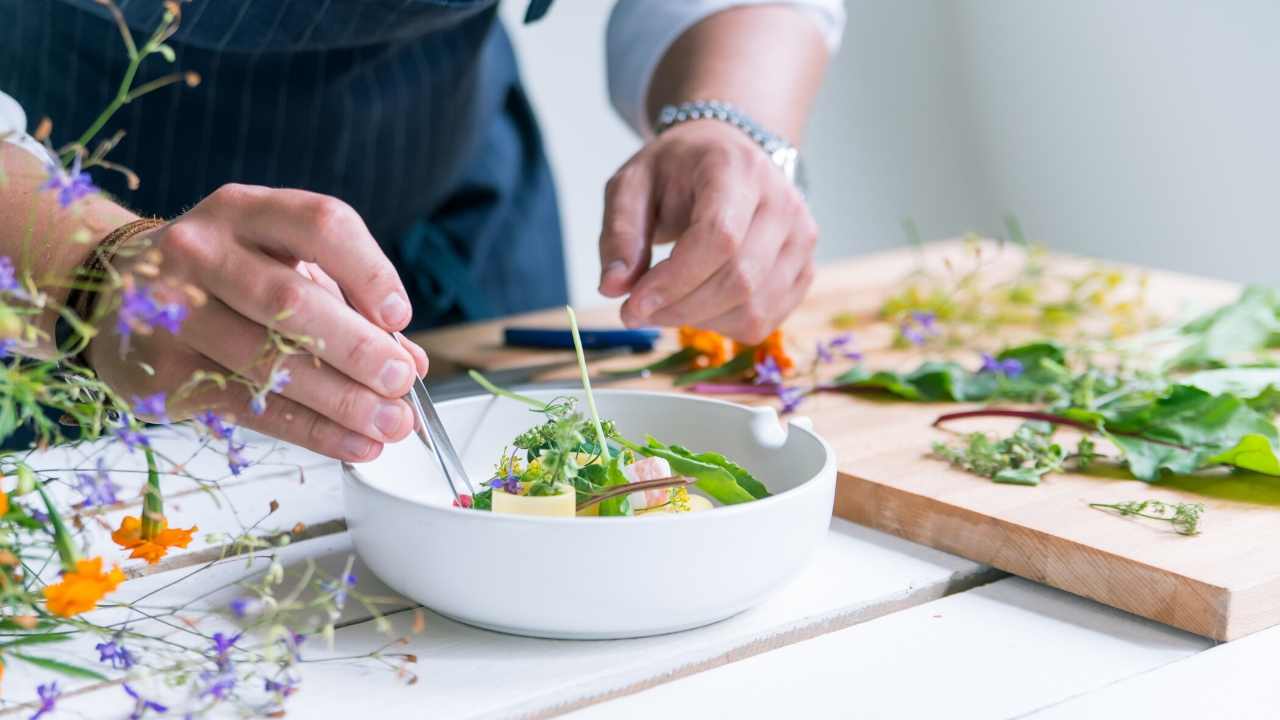 |
[TAG46]My Recipe and Vlog Channel Link:- https://www.youtube.com/channel/UCi5pSJeRu1fbXK4bzIVgSkw Hello Friends, Welcome back to my another video! Today […] |
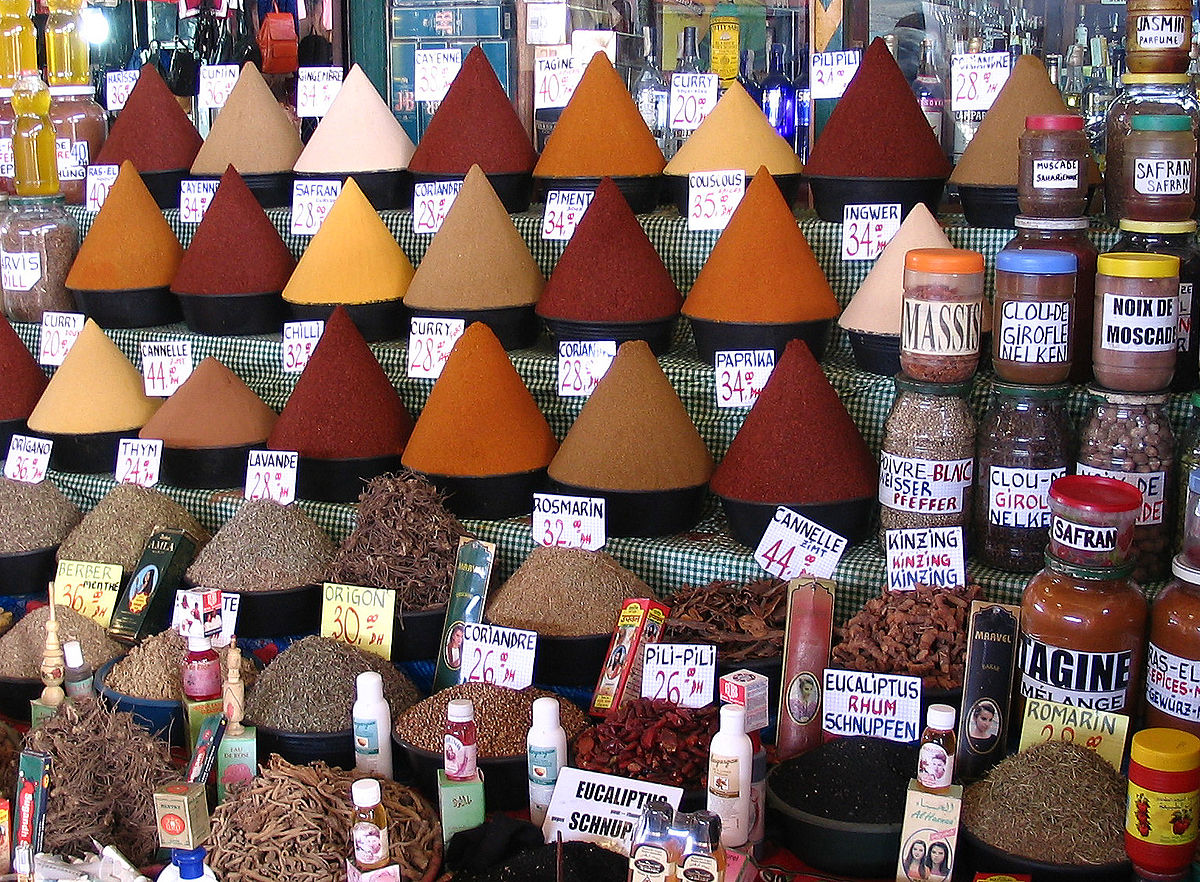 |
[TAG47]definition of spices |
 |
[TAG48]CARDAMOM E-AUCTION SPICES BOARD OFFICIAL |
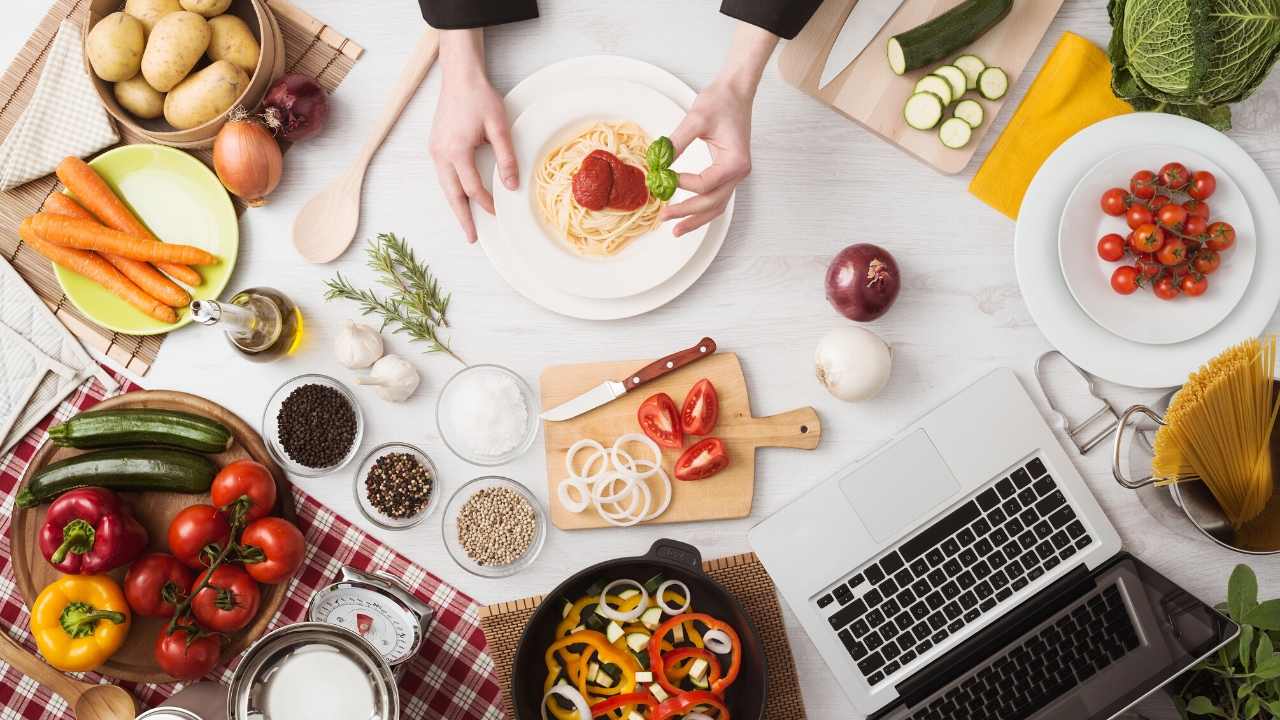 |
[TAG49]This Is The Situation Room, Kenya's Biggest Conversation! HOSTS: Eric Latiff, Ndu Okoh & CT Muga PRODUCER: Ednah Ombaso EXECUTIVE PRODUCER: Tom |
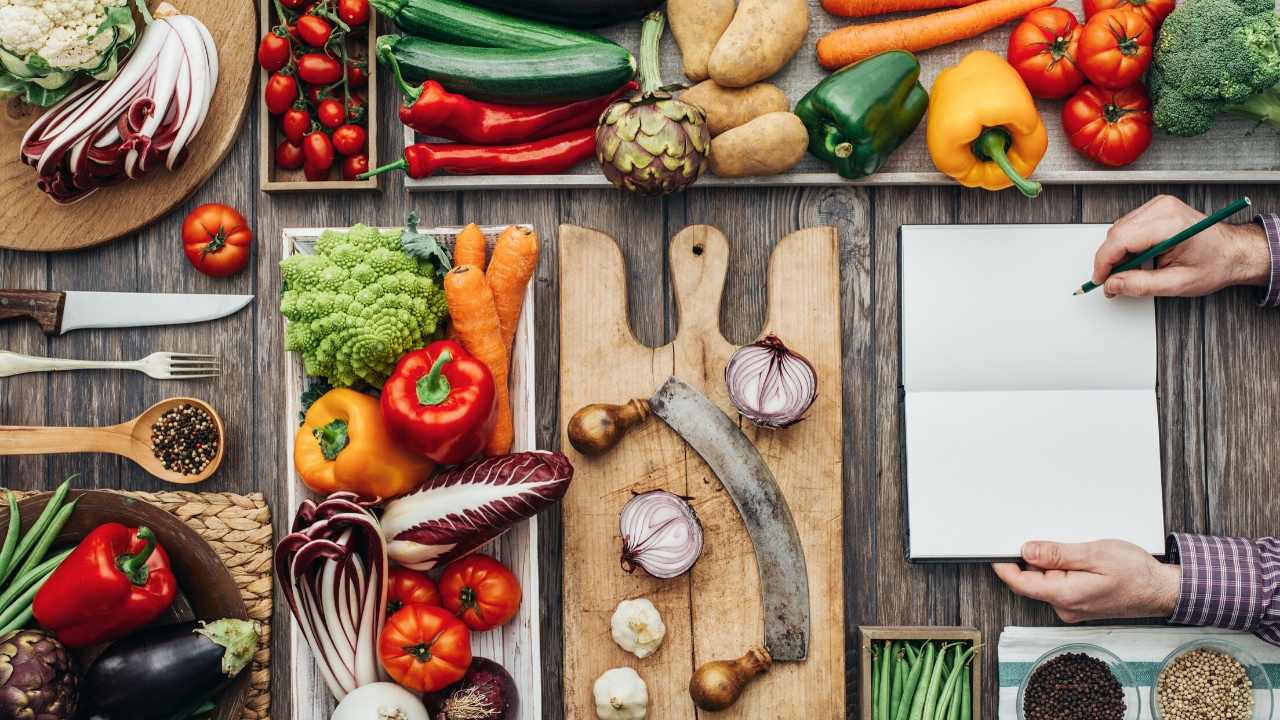 |
[TAG50]Subscribe to my channel ▶https://bit.ly/30eqjsu Uncle Rural Gourmet's secret recipe of hot pot, […] |
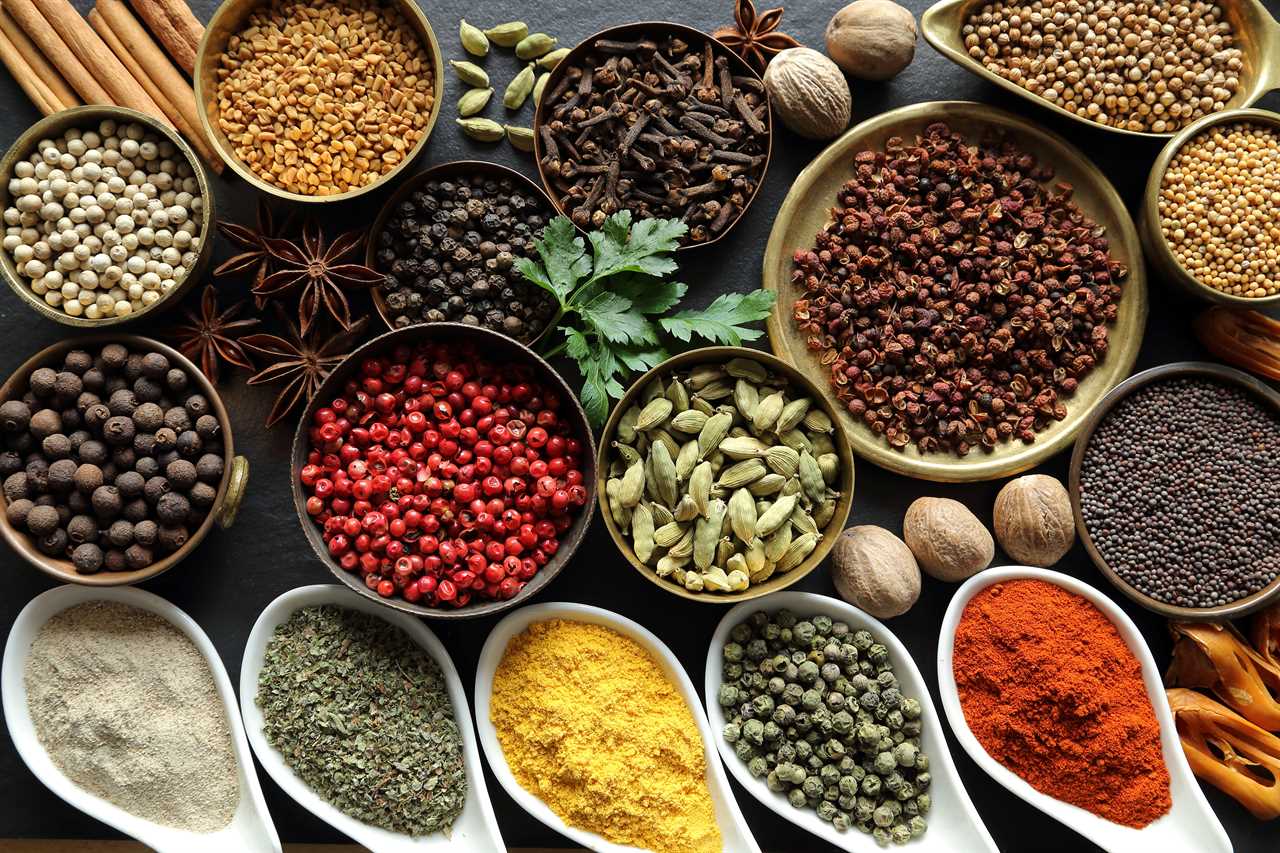 |
[TAG51]Important spices in cooking |
 |
[TAG52]Just a quick live thank you to everyone who has supported this wacky little channel of ours. Join me (and whoever else on the team is still awake) to drink |
 |
[TAG53]India accidentally hired a DEA agent to kill American citizens, federal prosecutors allege. The DOJ filed charges against a man they allege was working with |
 |
[TAG54]https://www.letsdig18.com/ for shirts and more |
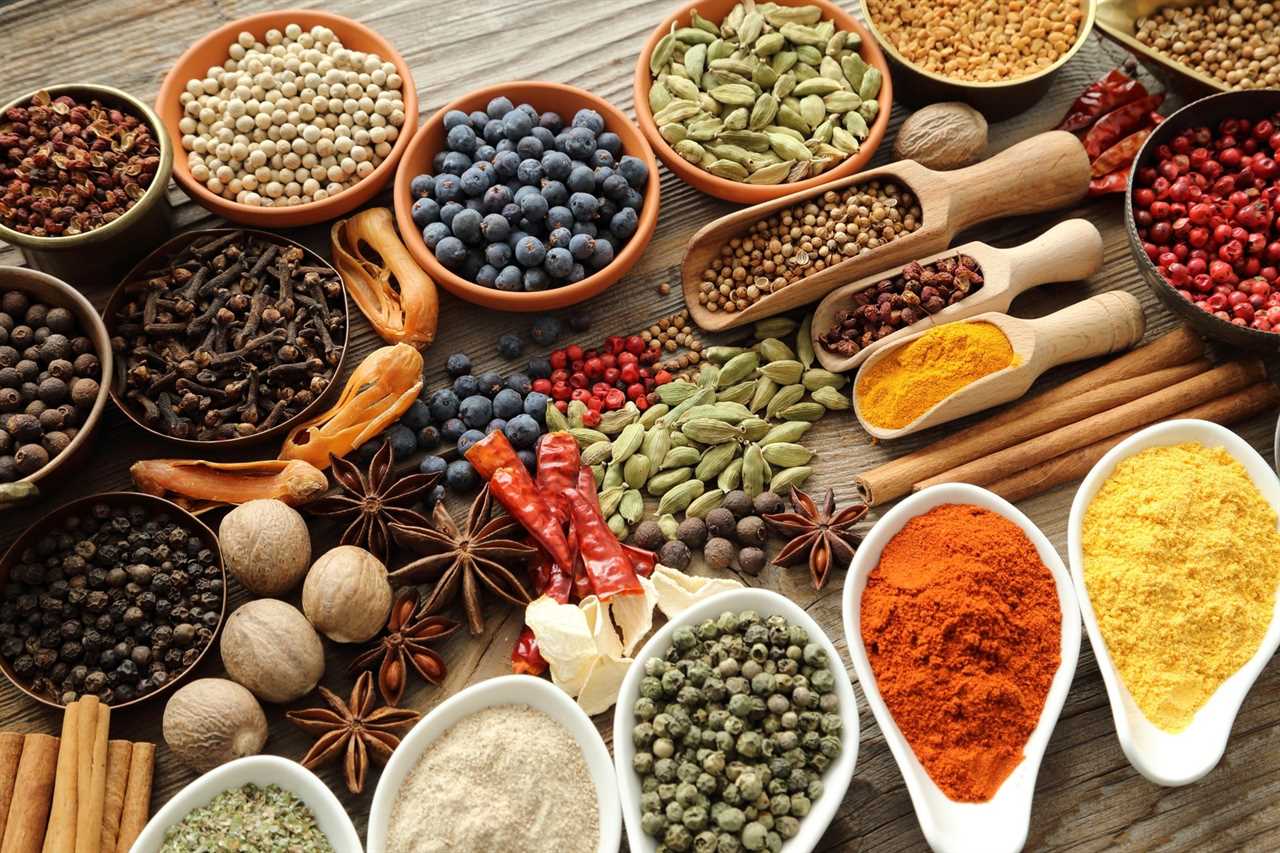 |
[TAG55]Herbs, spice & everything nice, these blog and articles explain the many uses of spices, including spices for weight loss, spices for brewing, and how to store |
 |
[TAG56]something feels VERY WRONG!!! Link for Patreon/Discord community is here. This is to access our private community with weekly live calls and many other |
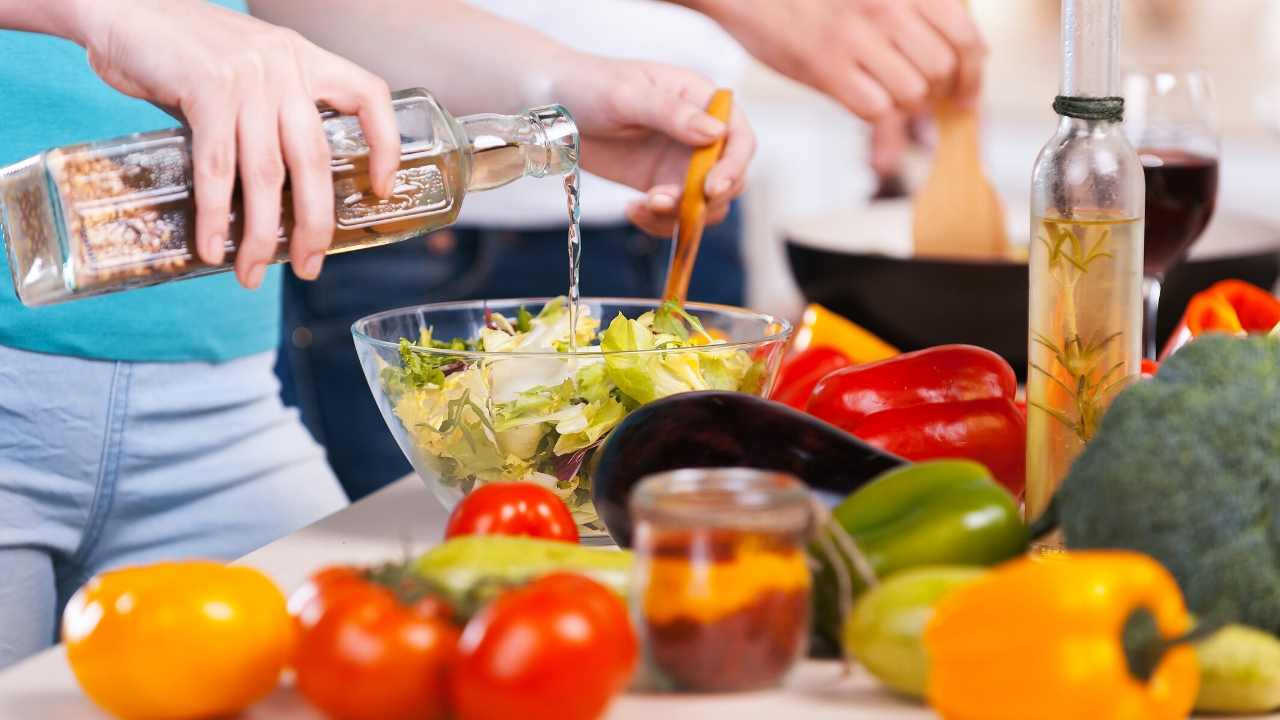 |
[TAG57]Pepper imports in August were unusually high at 3,800 tonnesRising imports have kept black pepper prices steady in the domestic market over the past few days, |
 |
[TAG58]Plantation in São Mateus, Espirito SantoBrazil remains stable and firm; expected to slowlymove at upward trend. Still seeing difficulties in securing raw |
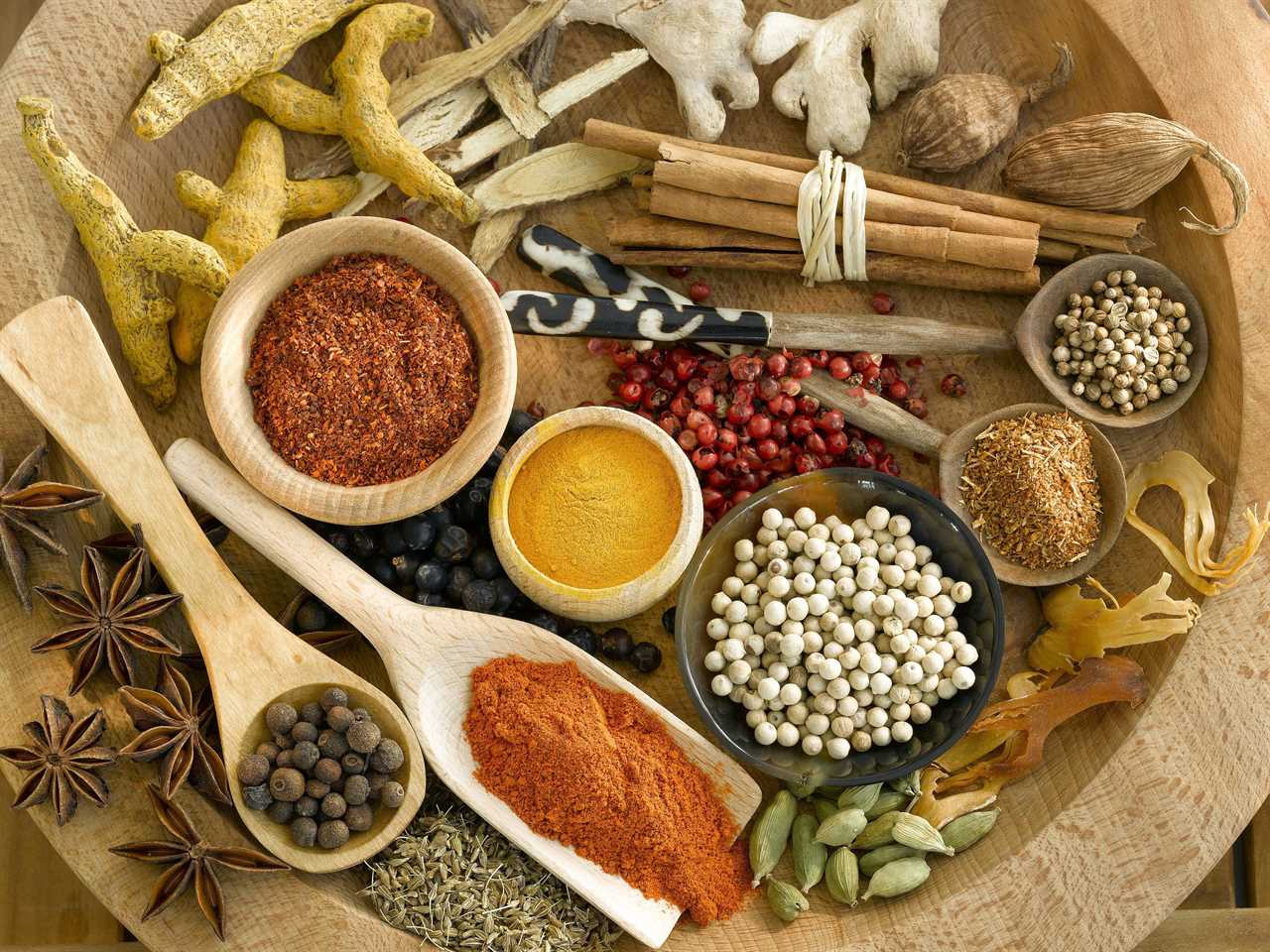 |
[TAG59]spices | Visit our blog for recipes, cooking tips and techniques as well as our staff's favorite eats and travel adventures. |
 |
[TAG60]Over the past week, black pepper prices have slightly increased by about 1,5% from 73,000 - 74,000.The largest market, China, has resumed purchasing along |
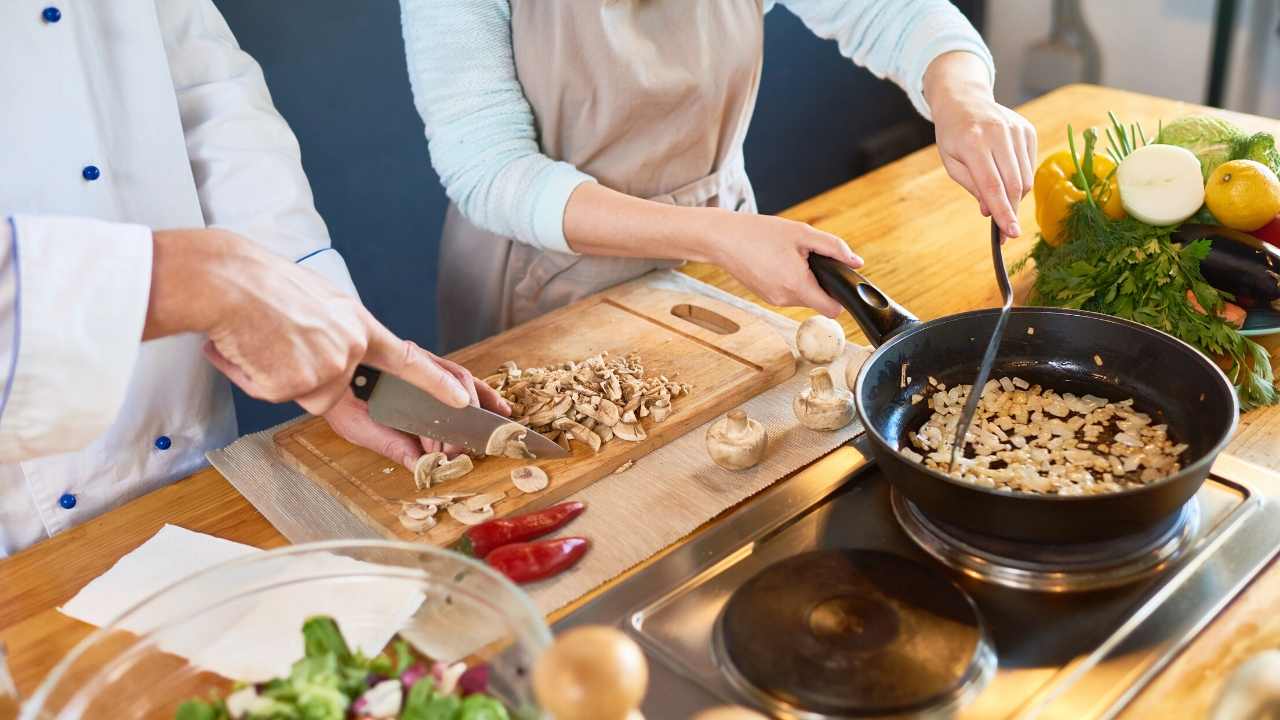 |
[TAG61]INTERNATIONAL cloves prices have held mostly firm in recent weeks as farmers at origin remain reluctant to lower their pricing ambitions and exporters appear |
 |
[TAG62]For the second year in a row Vietnam became the biggest importer of brazilian black pepper, overcoming traditional destinations like USA and also Germany.USA |
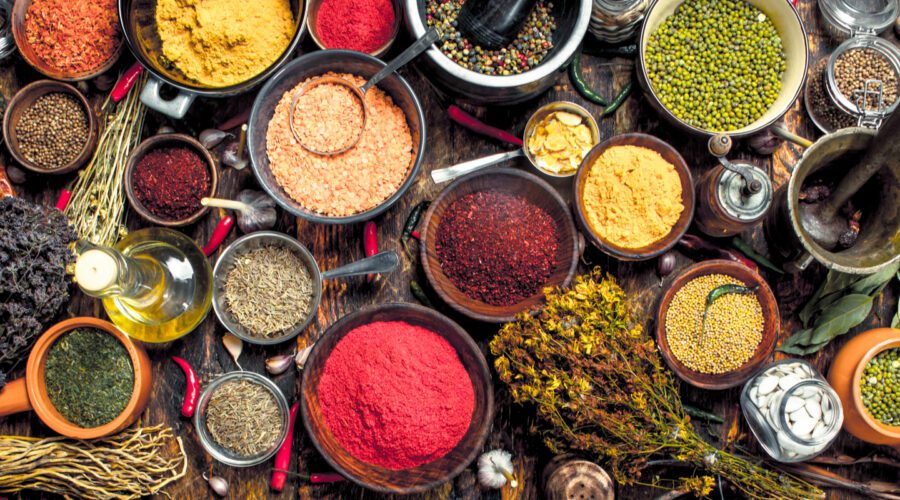 |
[TAG63]This spice blog writes about Indian fenugreek, Canadian coriander, Egyptian dill weed, Syrian Aleppo pepper, Granada nutmeg, & more from around the world. |
 |
[TAG64]August 28, 2023Likely that Vietnam's pepper exports in the first 8 months of the year will reach around 183-185,000 tons. If the forecasted annual pepper |
 |
[TAG65]- In coming time, world pepper market will increase due to reduced supply (low price, low yield due to many old trees, reduced interest in farming due to |
 |
[TAG66]As prices of cardamom rise, India is in danger of losing its export markets to the cheaper Guatemalan cardamom. Even the upcoming festive season may not help |
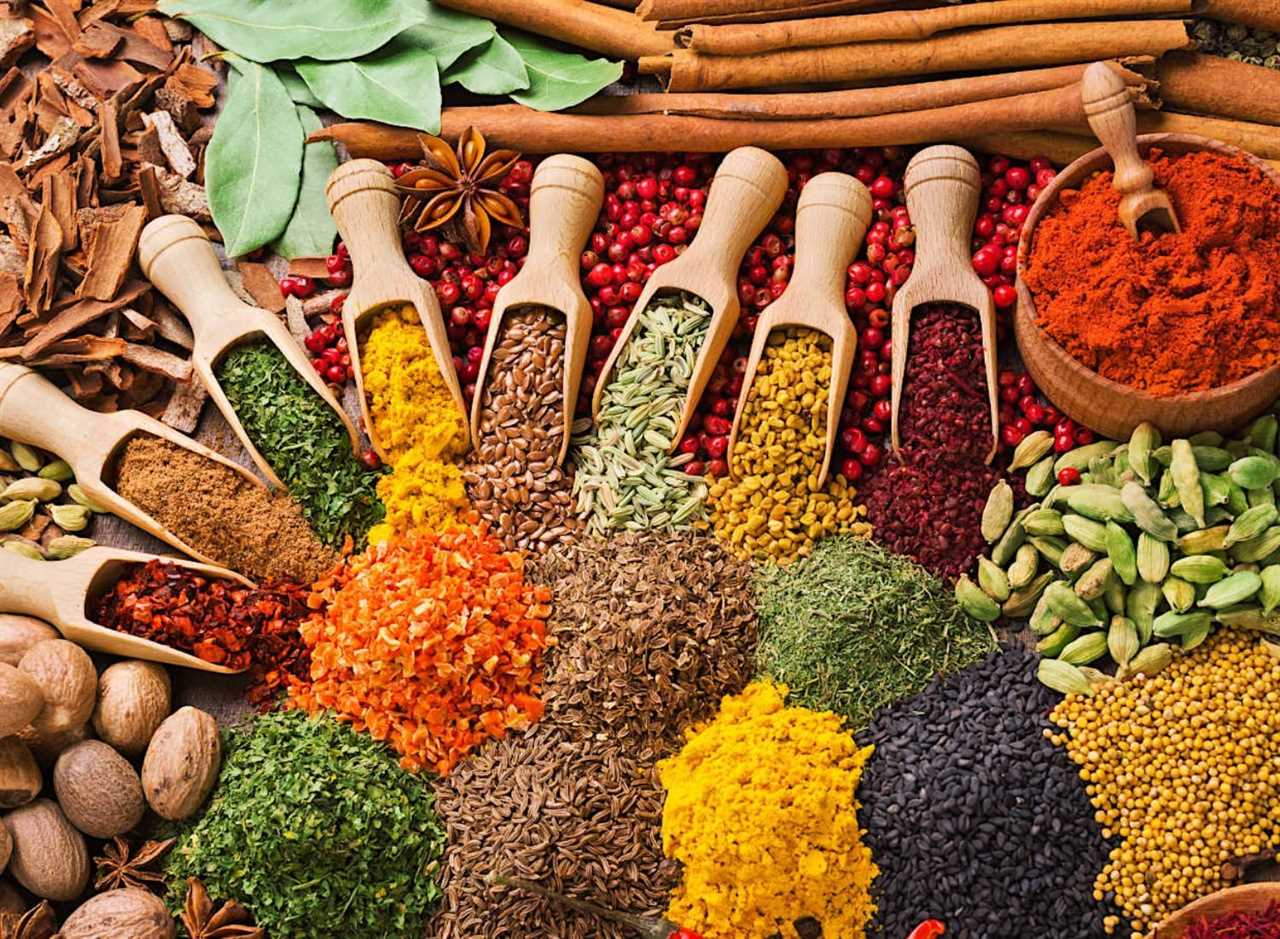 |
[TAG67]World of Spice is your online store for a massive range of High Quality Herbs Spices and Seasonings. Wholesale, Foodservice and Catering High Quality Herbs |
 |
[TAG68]KEY HIGHLIGHTSAugust 11th 2023The pepper market this week showed a mix response with only Malaysian local white pepper price reported with a decrease.The |
 |
[TAG69]As demand outstrips supply and imports become expensive, black pepper prices have risen, prompting growers to resort to hoarding in anticipation of bigger |
.png)





